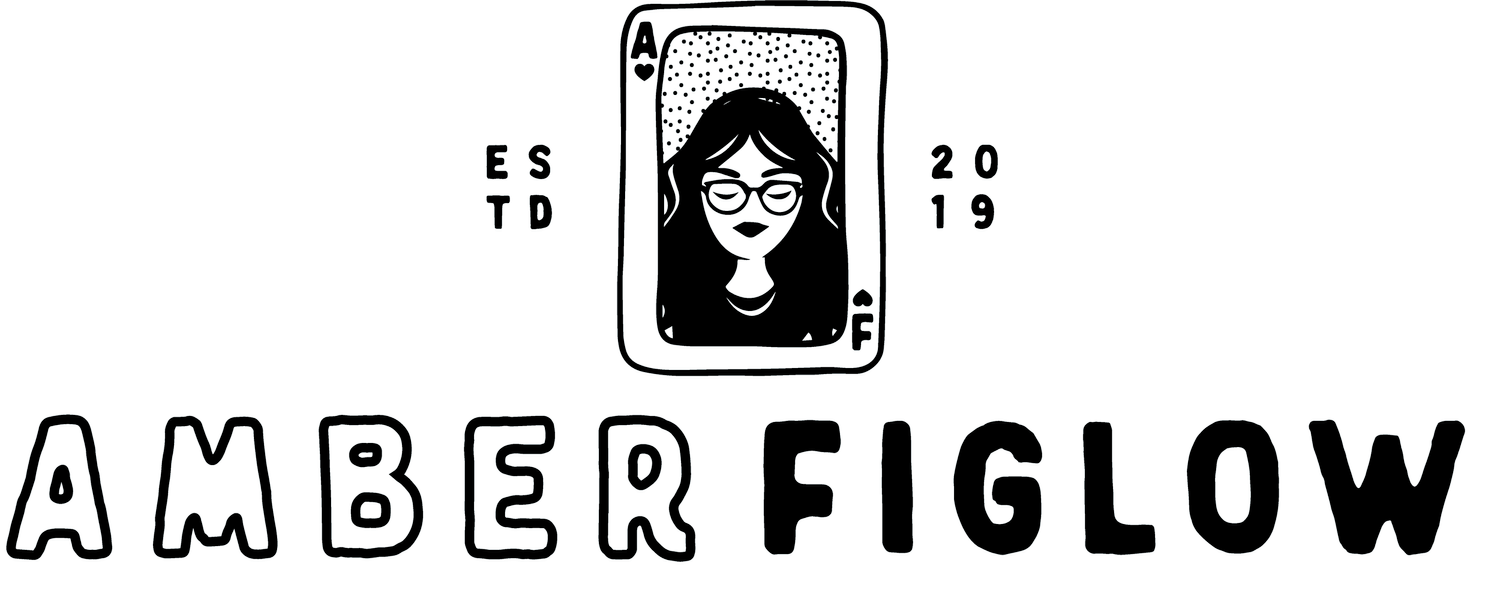EP. 020 | How to get DOUBLE the amount of exposure on your long-form video content w/ Jamar Diggs
Podcast Summary
In this episode of The Content Collective, Amber Figlow and Jamar Diggs reveal how to double your content exposure by combining YouTube and podcast strategies. They discuss the benefits of repurposing content, and the importance of consistency, and share practical tips for integrating these platforms. Learn how to effectively manage your time and resources to maximize your content’s reach. Tune in for actionable insights and start expanding your audience today.
Jamar Diggs is a YouTube Consultant for experienced professionals and brands. He helps industry-leading brands attract and retain customers on YouTube without increasing ad spend. He takes his corporate marketing experience from working in large marketing departments like Homes.com and Forrent.com to help his clients build an audience overflowing with repeat buyers and lifetime advocates who love spreading the word about their brand.
Episode Highlights
00:43 - Combining Podcast and YouTube Strategies
02:49 - Consistency and Starting a Podcast
04:57 - Evolving Content Consumption
09:34 - Creating Content for Different Platforms
14:53 - Time Management and Batching Content
22:57 - Final Thoughts and Encouragement
Resources + Tools Mentioned
Grab Jamar’s 90-Minute YouTube QuickStart Guide to launch your YouTube Channel! And if you want to connect with Jamar online, you can find him here":
How to Combine your YouTube and Podcast Strategy to DOUBLE your Reach
As content creators and small business owners, we’re always looking for ways to expand our reach and engage with our audience on multiple platforms. One powerful strategy to achieve this is by combining YouTube and podcasting. Let’s explore how to effectively integrate these two platforms to double your content exposure, streamline your workflow, and keep your audience engaged.
The Power of Dual Platforms
YouTube and podcasts cater to different audience preferences—visual and auditory. By repurposing your YouTube videos as podcast episodes, you can reach a broader audience without having to create entirely new content for each platform. This approach not only saves time but also ensures that your message is heard and seen by diverse audiences.
Consistency is Key
Maintaining a regular content schedule is crucial for building and retaining an audience on both YouTube and podcasts. Consistency helps establish trust and keeps your audience coming back for more. Here are a few tips to stay consistent:
Batch Your Content Creation: Dedicate specific days to scripting, recording, and editing your content. This method allows you to produce several pieces of content in one go, ensuring a steady flow of posts.
Use Planning Tools: Tools like vidIQ for YouTube optimization and Descript for seamless editing can help streamline your workflow and keep you organized.
Repurpose Your Content
Repurposing content is a game-changer for maximizing your reach. Here’s how to do it effectively:
Record Once, Publish Twice: When you create a YouTube video, think about how the content can be adapted for a podcast episode. For instance, strip the audio from your video and publish it as a podcast. You can also create a podcast episode that complements your video content by diving deeper into the topic.
Tailor Content for Each Platform: While repurposing is efficient, it's important to tailor the content to fit the platform. For YouTube, you might include visuals, screen recordings, and B-roll. For podcasts, focus on clear and engaging audio, and consider adding additional context or explanations for parts that rely on visuals.
Effective Time Management
Managing content creation for both YouTube and podcasts can be time-consuming. Here are some strategies to optimize your time:
Batching Content: As mentioned earlier, batching is a highly effective way to produce multiple pieces of content in one sitting. This approach minimizes the setup time and allows you to focus on creating without constant interruptions.
Outsource When Possible: If you have the resources, consider outsourcing tasks like editing. This can free up your time to focus on content creation and strategy. Tools like Riverside.fm and Canva can also help streamline your process.
Adapting to Audience Preferences
Listening to your audience and adapting your content to fit their preferences is key to maintaining engagement. Here are some ways to do this:
Feedback Loops: Regularly ask for feedback from your audience on what they enjoy and what they’d like to see more of. Use this feedback to refine your content strategy.
Analyze Performance: Use analytics tools to track the performance of your content on both YouTube and podcasts. Identify patterns and adjust your approach based on what resonates most with your audience.
Breaking Down Barriers to Entry
There’s a common misconception that starting on YouTube or with a podcast requires significant investment in equipment and expertise. However, the barrier to entry is lower than many think:
Start with What You Have: Use the equipment you already own. A decent smartphone and free editing software can get you started.
Learn as You Go: Don’t be afraid to start small and improve over time. There are countless free resources available online to help you learn the ropes of content creation, editing, and optimization.
Building your content ecosystem
Combining YouTube and podcast strategies can significantly enhance your content’s reach and impact. By repurposing content, staying consistent, and managing your time effectively, you can engage with a broader audience and make your content work harder for you. Remember, the best strategy is the one that works for you and fits your unique workflow.

